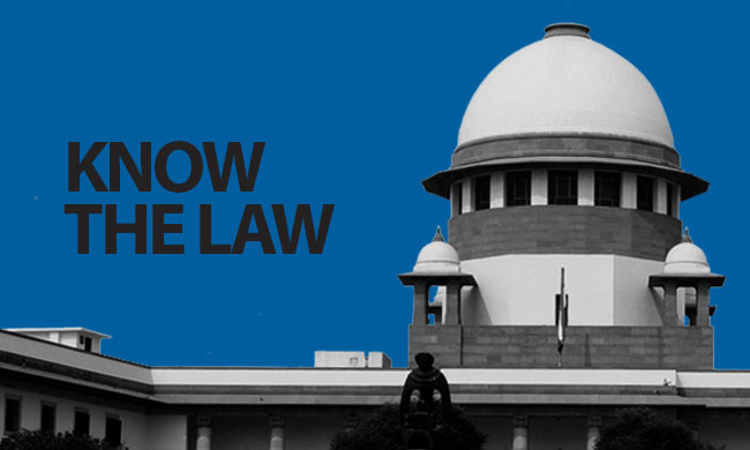Order II Rule 2 CPC : When Does Relinquishment Of Claim Bar Second Suit?
Manu Sebastian
18 Jun 2019 3:53 PM IST

The correct test in cases falling under O.II R.2, is "whether the claim in the new suit is in fact founded upon a cause of action distinct from that which was the foundation for the former suit".
Next Story


